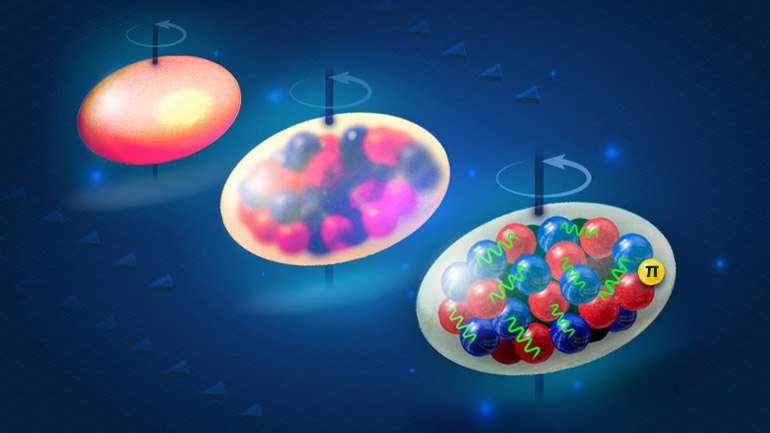Recent Stories
All News
Media Resources
Download ORNL’s branding assets, access high-resolution multimedia, and view our media relations fact sheet to support accurate, consistent coverage of the lab’s work.

Stay Connected
Follow us on social media for the latest news and research highlights, or reach out directly with questions or media inquiries.
Get ORNL news delivered
Subscribe to our newsletters to keep up with the latest scientific discoveries and national media coverage from Oak Ridge National Laboratory.











